Genealogists long ago adapted family stories and photographs as a means of sharing their family history, but I have not seen a great deal of digital storytelling in family history yet. Digital storytelling is a relatively new mode of storytelling. Depending on your level of expertise, you might want to take a class to learn how to do it. If you do, I can’t recommend the Center for Digital Storytelling more highly. I took one of their three-day courses for educators last summer in Denver. However, they offer workshops for people from all walks of life.
Because my grandparents are still living and actually live in the Denver area, I took the opportunity to interview them. I had most success capturing their voices with my computer, but if you have a good camera for taking video, you may choose to capture video instead. Even if you are not able to interview family members, you can still tell a digital story about them. Take a look at this guideline for writing good digital stories:
This presentation was created by Joe Lambert and follows the Center for Digital Storytelling’s elements of creating a good digital story.
The first step, Owning Your Insight, involves finding your story and deciding what story to tell. One important thing I learned is that somehow, even if you are telling someone else’s story, the story also needs to be about you. You need to bring insight and connection to the story you tell. It is easy to fall into the trap of telling an ancestor of family member’s story and taking yourself out of the equation, but your story will offer more to connect to if it is also about you. The facilitator in my workshop recognized this problem in my own digital story idea, and she challenged me to figure out “how is this story about you?” That is not to say you can’t tell the story of a family member or ancestor, but you want to identify why you want to tell their story. What do you connect to in their own story? Are you proud? Embarrassed? Consider your own insight and what it will bring to telling the story of your family. This video is a good example of what I’m talking about:
Holly McClelland was one of the facilitators in my workshop, and what she does in this story is really turn the focus on herself and her own feelings about her relationship with her father rather than discuss her father, whose story she can’t truly tell. You might not feel comfortable sharing these types of stories with an audience. It’s up to you to decide how personal to be.
Next, CDS recommends Owning Your Emotions. This part is tough. Family stories can sometimes be very personal, and you should only share what you feel comfortable sharing. Your feelings should come through in the story. Sometimes I find that I discover how I feel in the process of creating the story itself. Here is a video that I think is a great example of owning your emotions:
Daniel Weinshenker is the Rocky Mountain/Midwest Region Director at CDS.
Step three involves Finding the Moment. This is the part of the story you want to tell. It’s best to keep stories fairly short. In fact, my CDS workshop facilitator recommended five minutes or less. So you need to get to the essence right away. What is the moment of change? What is the turning point? That moment will determine what story you decide to tell. I like the way this story zeroes in on one moment:
The moment in this film, as I see it, is discovering that what was lost was found again in a discovery of old film.
Seeing Your Story involves selecting the images and video you want to use. Don’t necessarily put this step first, but it is okay to begin selecting images as you are thinking about the story you want to tell. You might find that the images suggest a story you want to tell. Images do not have to be your own, but you will want to use images that are either in the public domain or licensed by Creative Commons unless you want to pay to license copyrighted images. Here is an example of a video made with only a handful of images. The rest is public domain footage from Archive.org.
Josef: A Digital Story from Brad Johnson on Vimeo.
As Johnson explains, “95% of the images and footage is from archive.org. I have about 5 shots of my grandfather in there that are mine.†He adds, “I was experimenting with telling a personal story using footage that was ‘public’ and that was about the ‘larger, American immigrant’ story that seems part of our collective identity (or at least for many of us).â€
Hearing Your Story is your opportunity to either use interviews or your own recorded narration to tell the story. As I said, we were advised to keep the story to five minutes or less. That’s between 300-500 words, and really should be on the lower end. Once you draft your script or storyboard, you will quickly discover it’s not very long. It will be important to zero in on one story. Remember, you can always make other digital stories to tell other parts of the story. The best digital stories clock in from two to five minutes or so. Five minutes is really on the longer end. They are snapshots of a moment in time rather than a full documentary. Some video-making software comes with sound effects and music, but you will probably find that you want to explore options for music. It’s important to be careful of copyright concerns when using music. I look for music that is Creative Commons licensed. The perfect piece of music will really pull your whole video together.
What strikes me most about this particular video is that the music is perfect and perfectly timed to go with the pictures and narrative. I find it to be a great example of the power of a simple but perfect piece of music to create a digital story.
When you begin Assembling Your Story, economy and pacing are important. You want the images and video clips to line up well with the narrative and music. You shouldn’t feel the need to fill up the entire space with words. Sometimes you can allow images and music to fill in and speak. “Lost and Found” by Susan Becker above is a well-paced story.
Your last consideration is Sharing Your Story. Who is the audience? How do you want to share it? There are lots of online video sites, such as YouTube and Vimeo. You can also create DVD’s and share the videos with loved ones who might want a copy.
I created these two videos based on interviews I did with my grandparents.
I used some images footage of the Seabees in World War II and some images taken of the Army’s 7th Division on Attu as well as censored letters, but aside from those pieces, the images all belong to my family.
I liked how this came out, but I wish I had done more with the music and practiced a bit more economy in the storytelling. My video with my grandmother integrated these two elements a little better.
I am very happy with how the music works, and I like the pacing. I found this story, even though it is my grandmother’s story, really has the personal connection, the “moment,” when my grandmother reveals she hasn’t been able to sew. She had just recovered from a serious illness, and she has since been able to sew a little bit. It’s sad to me to enjoy something so much and not be able to do it.
In my next post, I’ll discuss some of the more technical aspects, such as where to find images and music and how to record yourself. Because all software is different, I won’t post a tutorial as such, but should you decide to create a video, either taking a class or finding online tutorials for your specific video editing software will help.

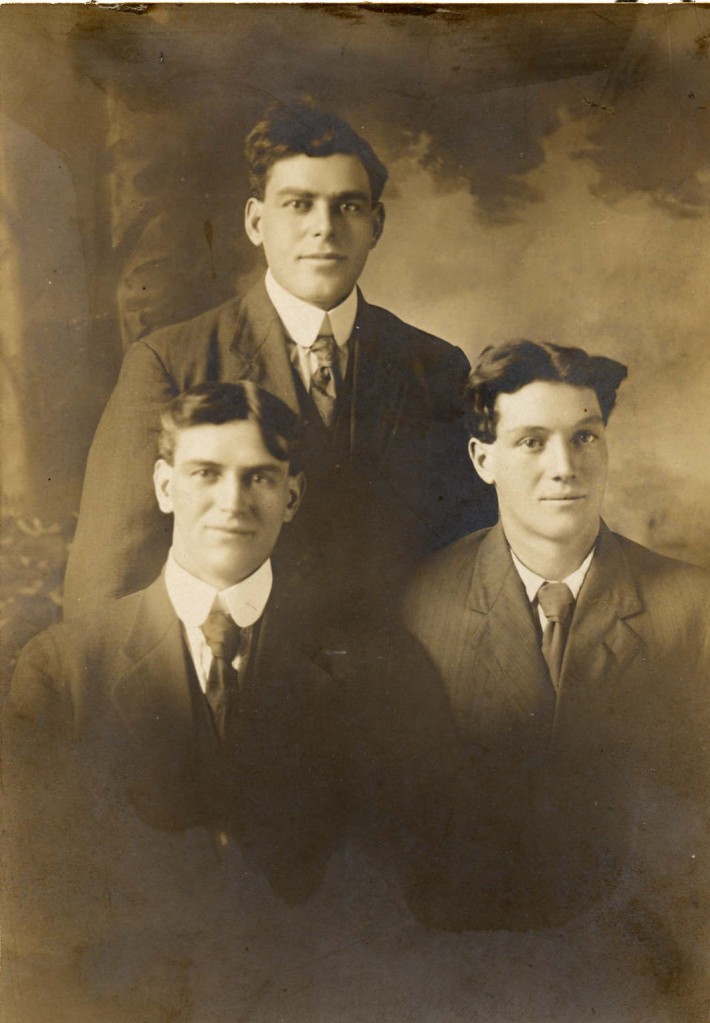
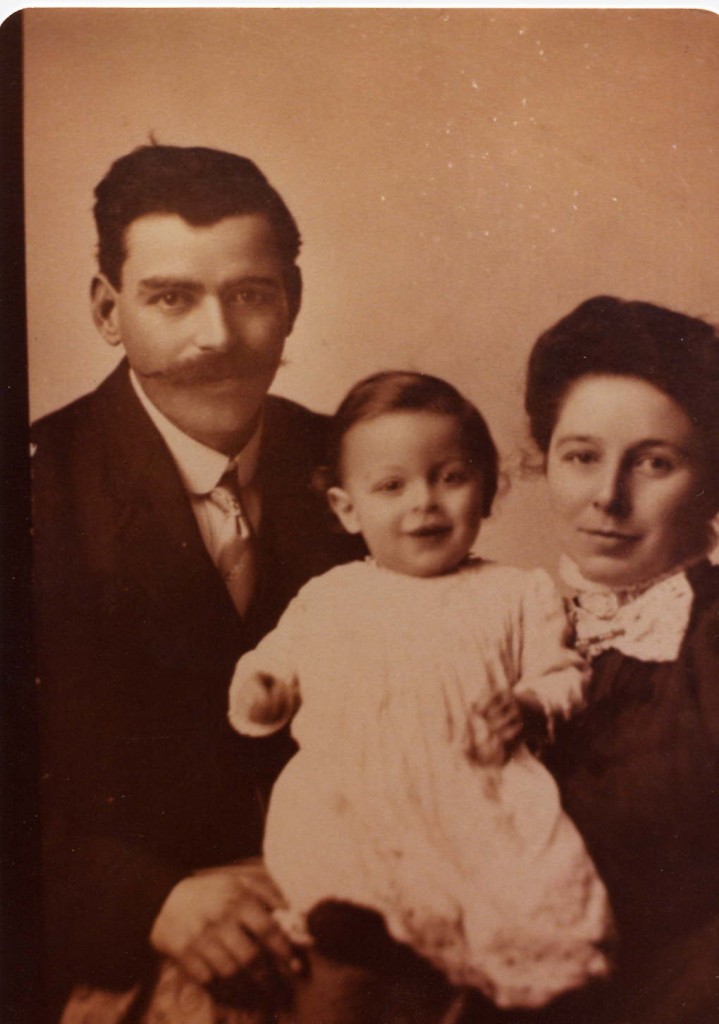



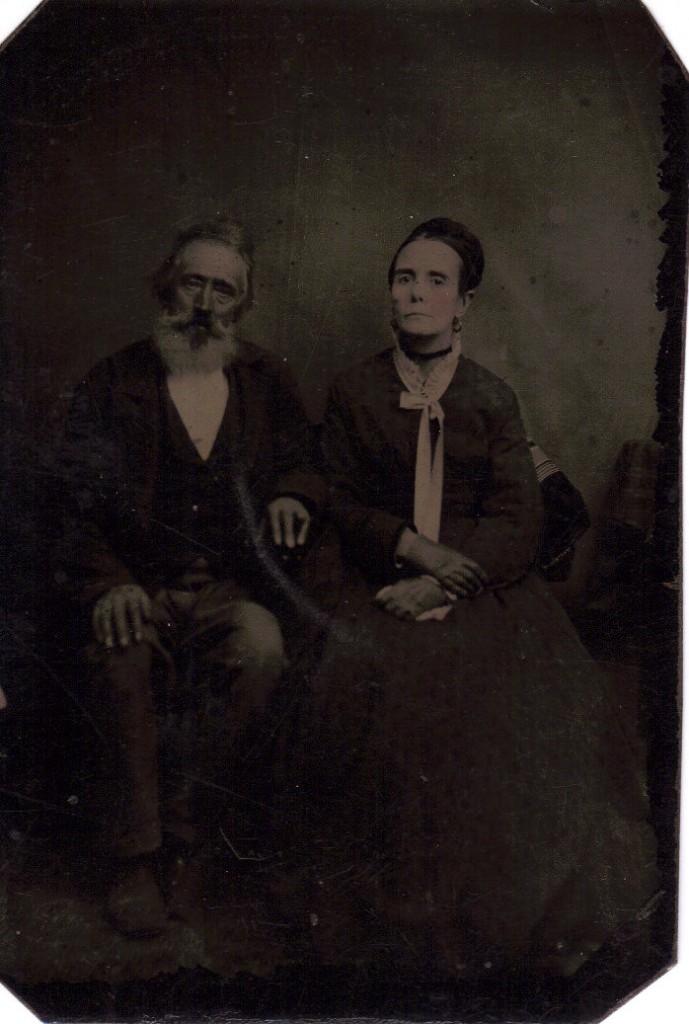
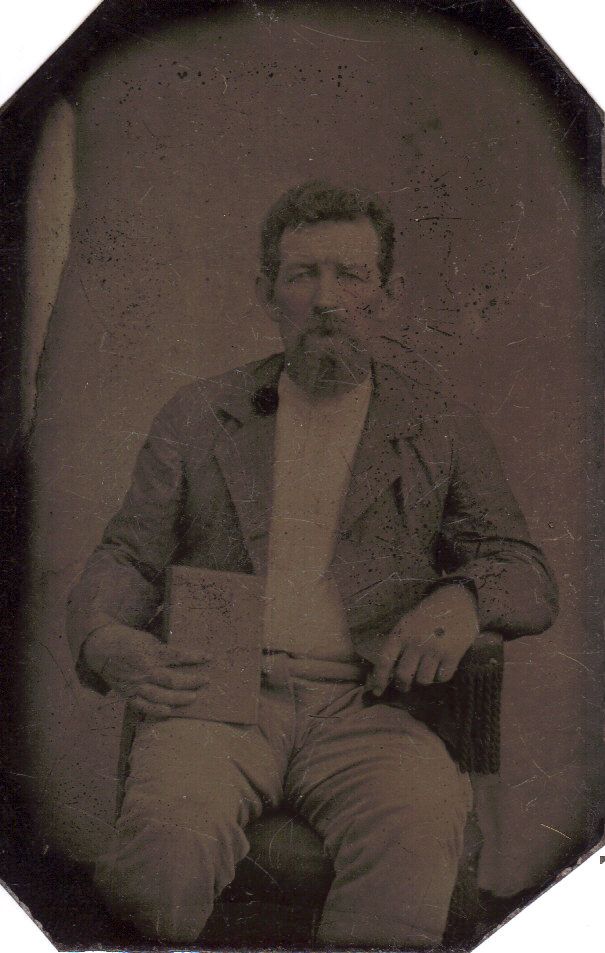
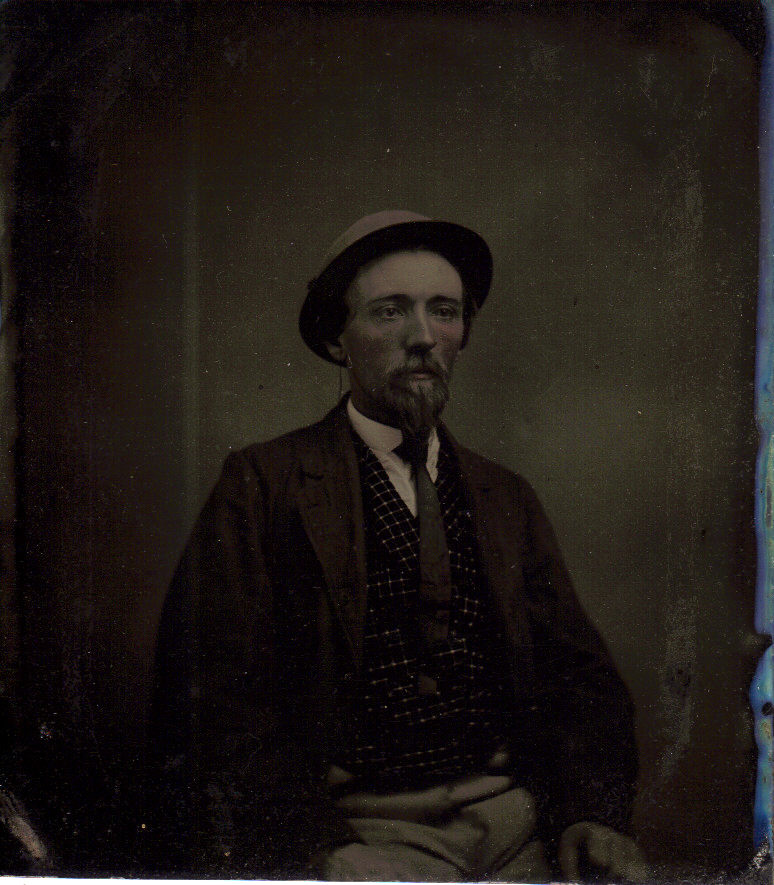
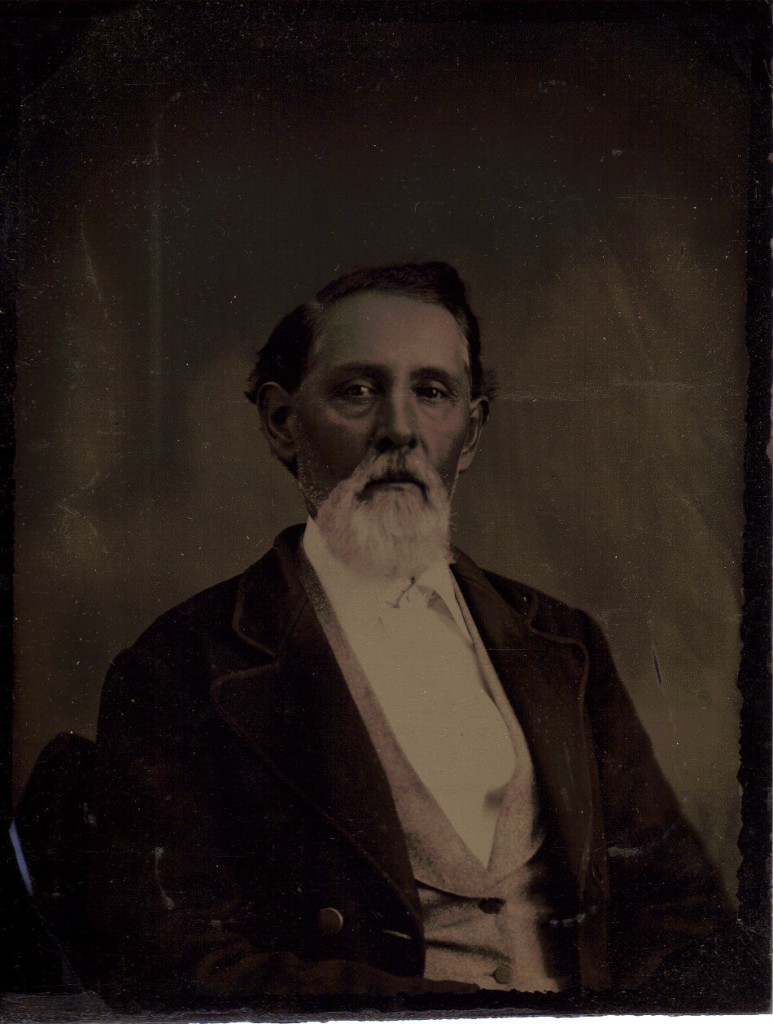

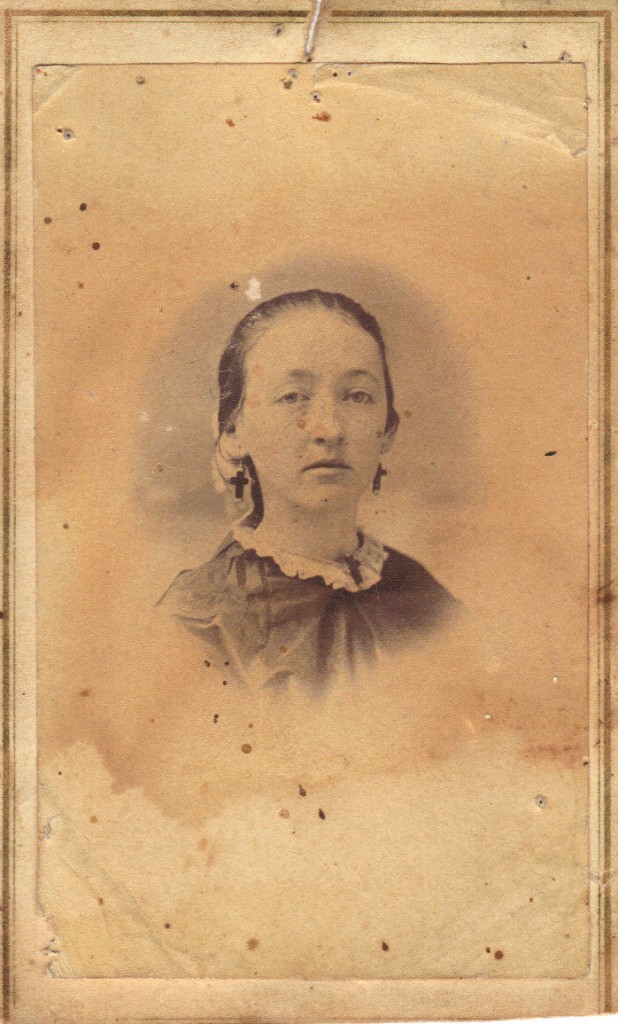


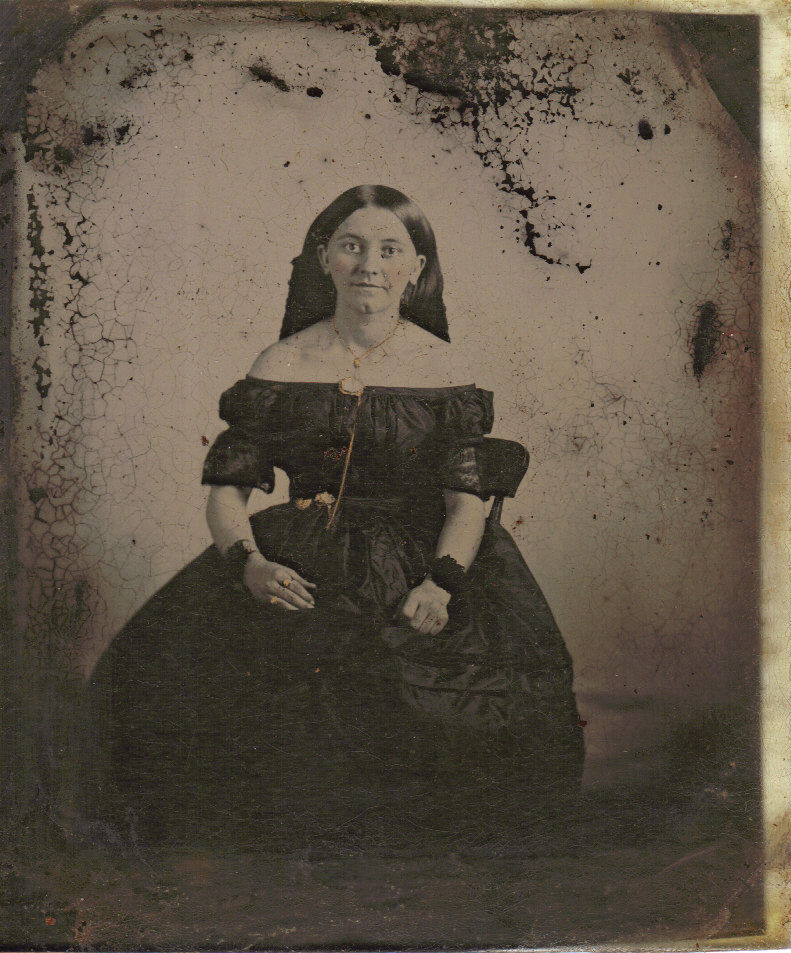
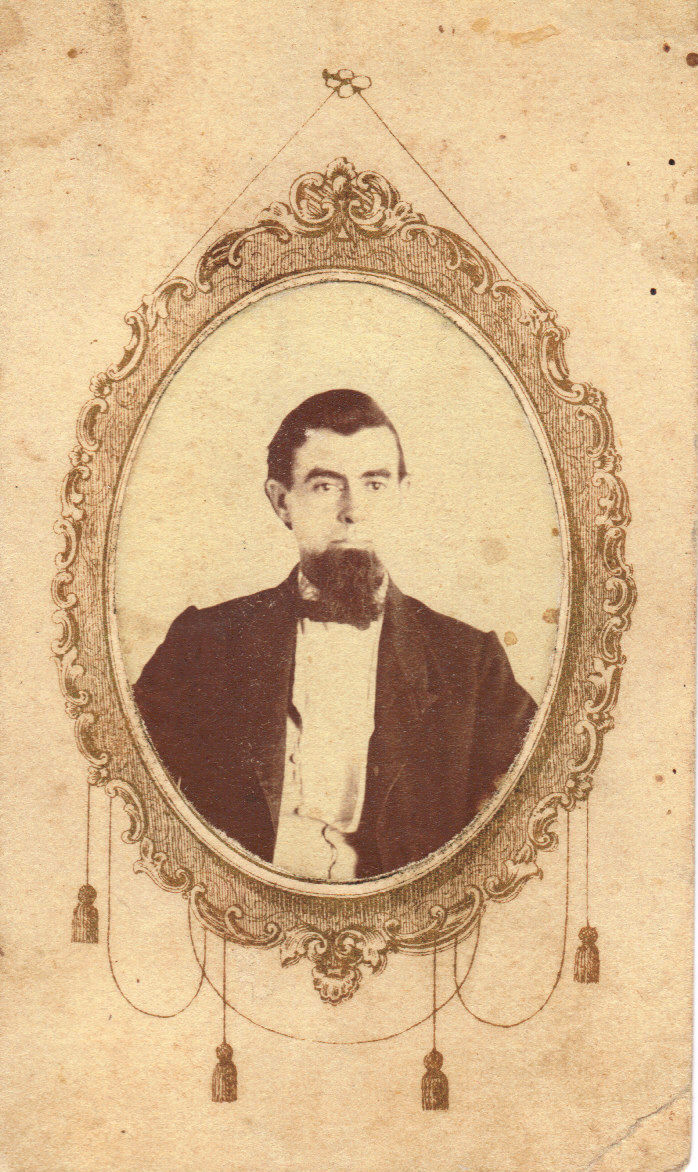
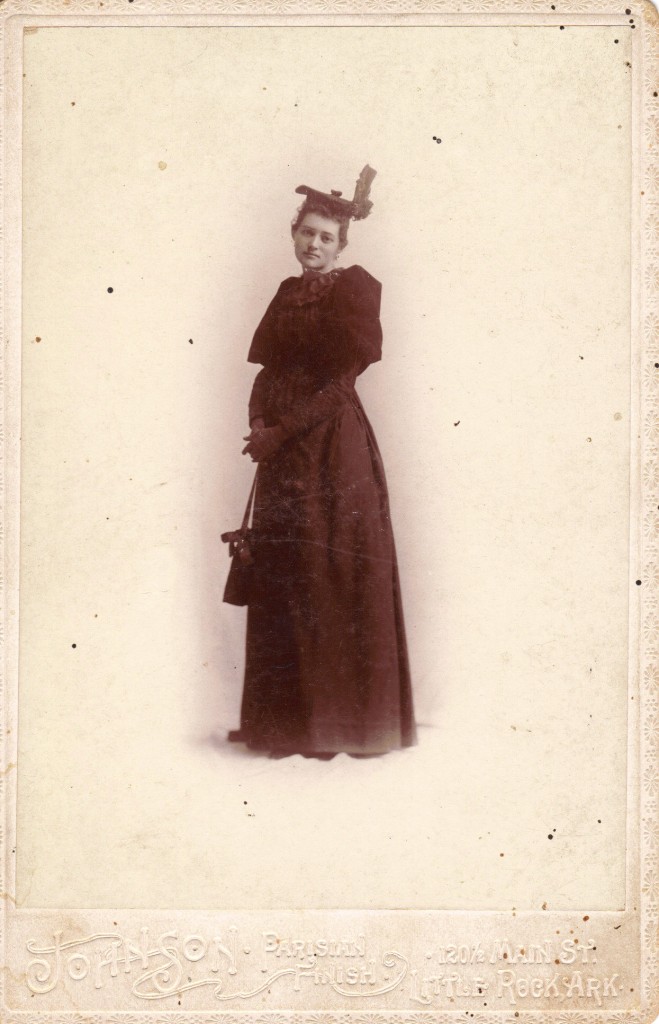
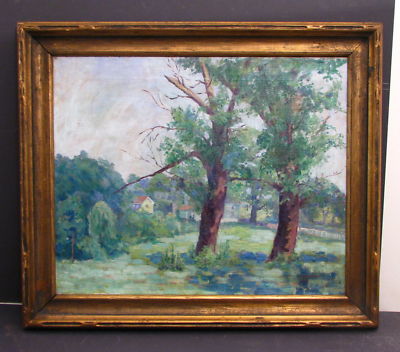

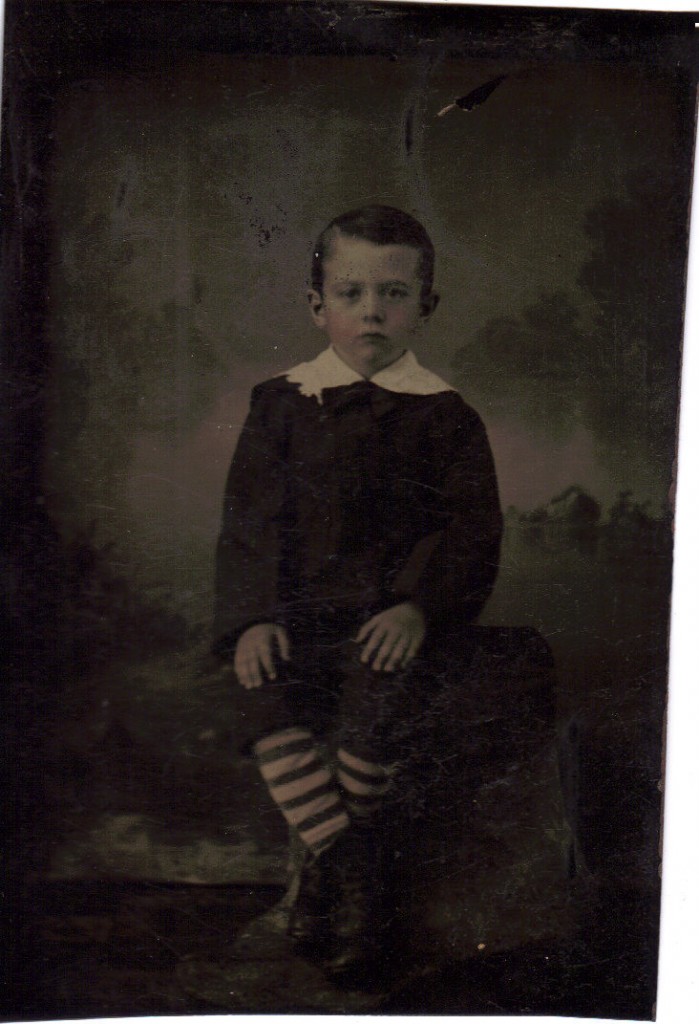
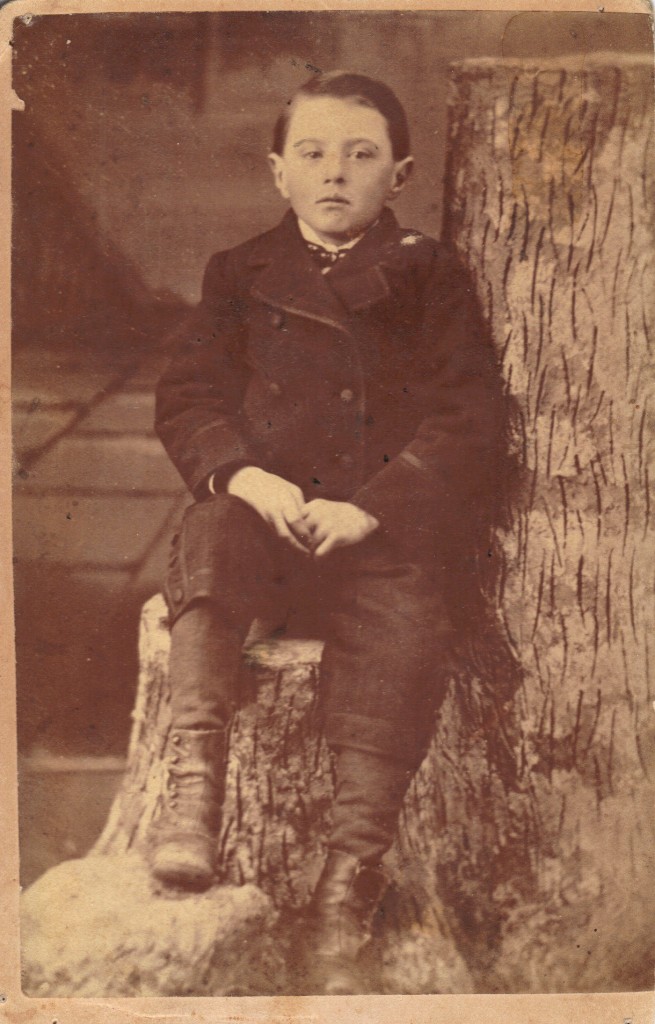



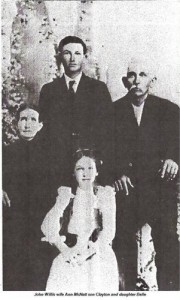
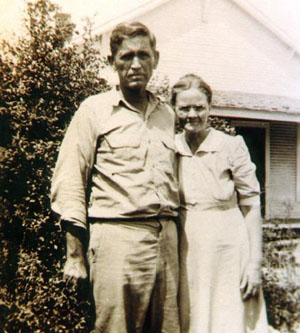
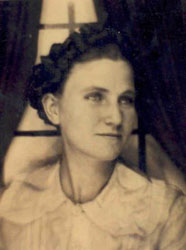
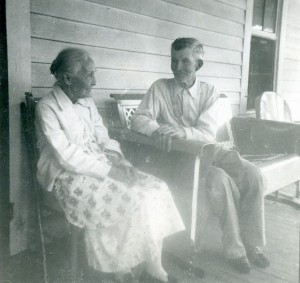
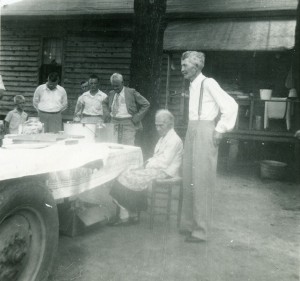
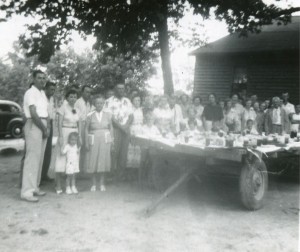
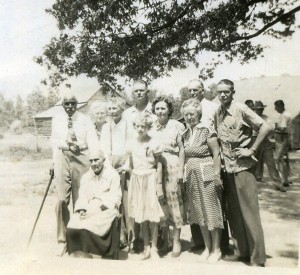


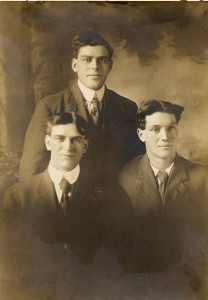
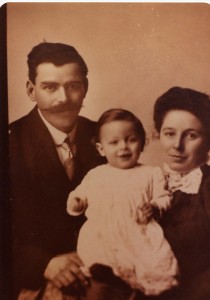

 The current
The current 